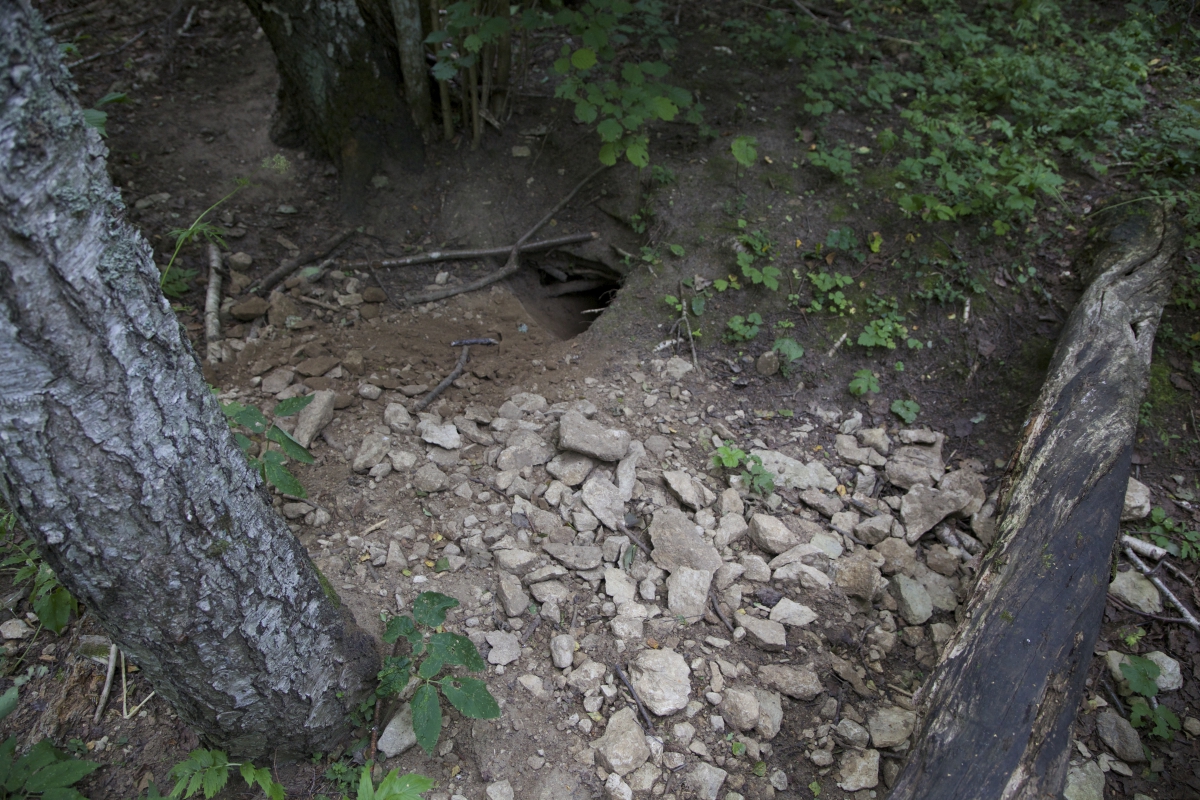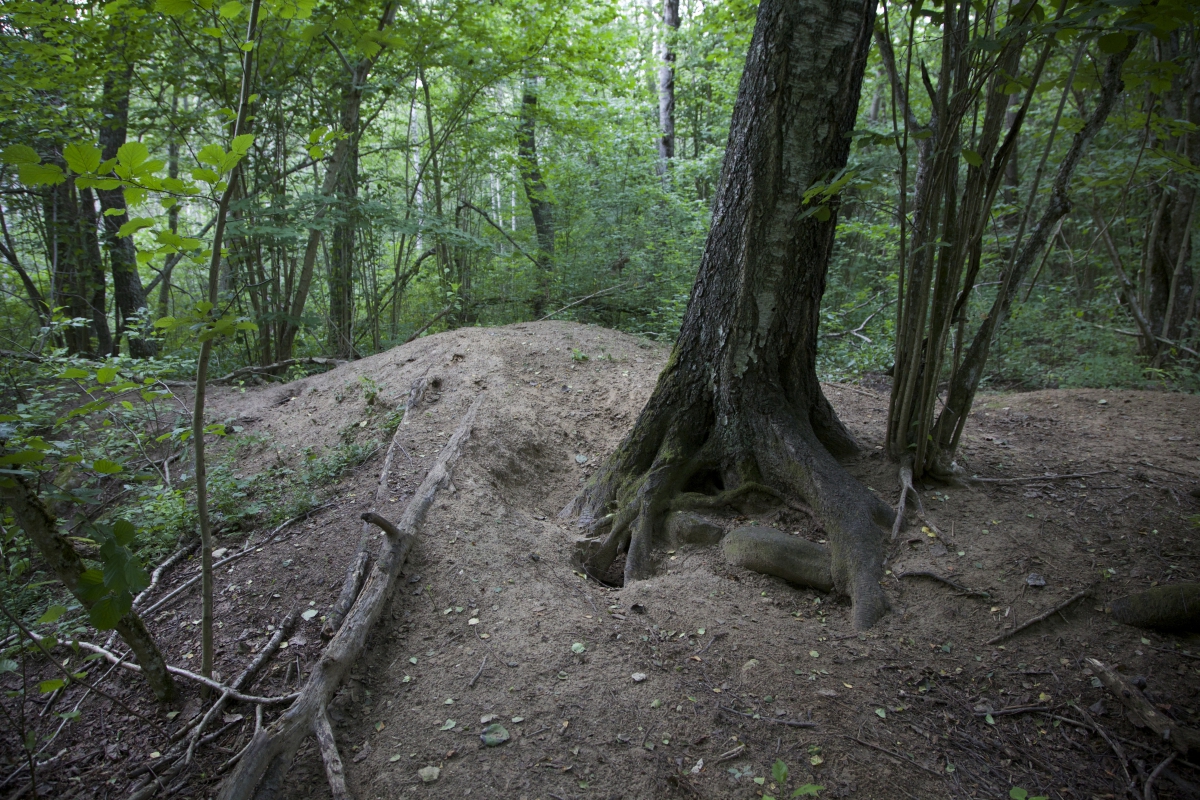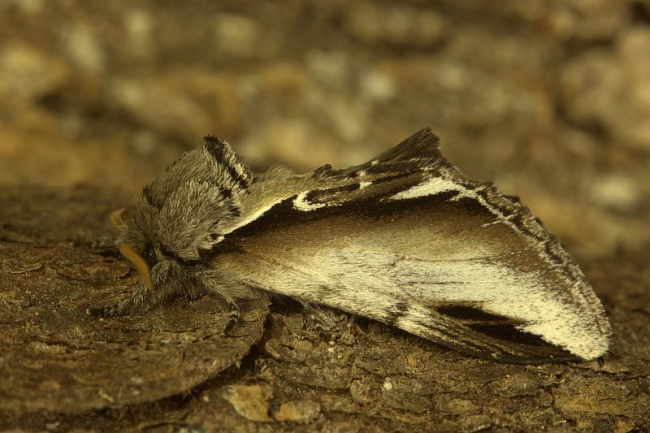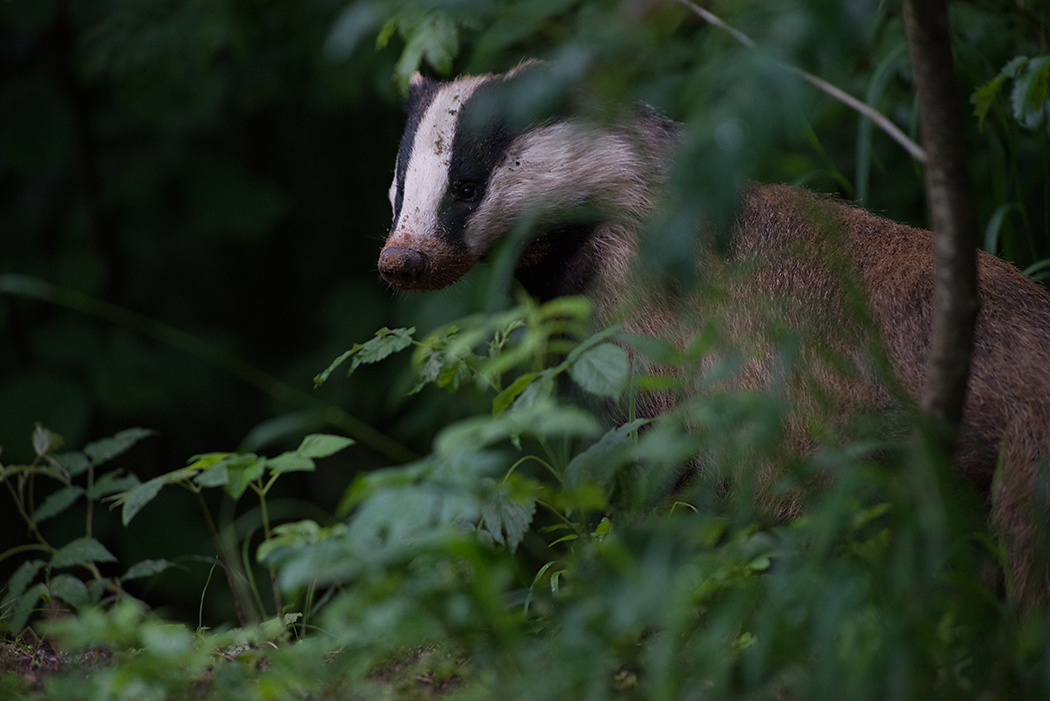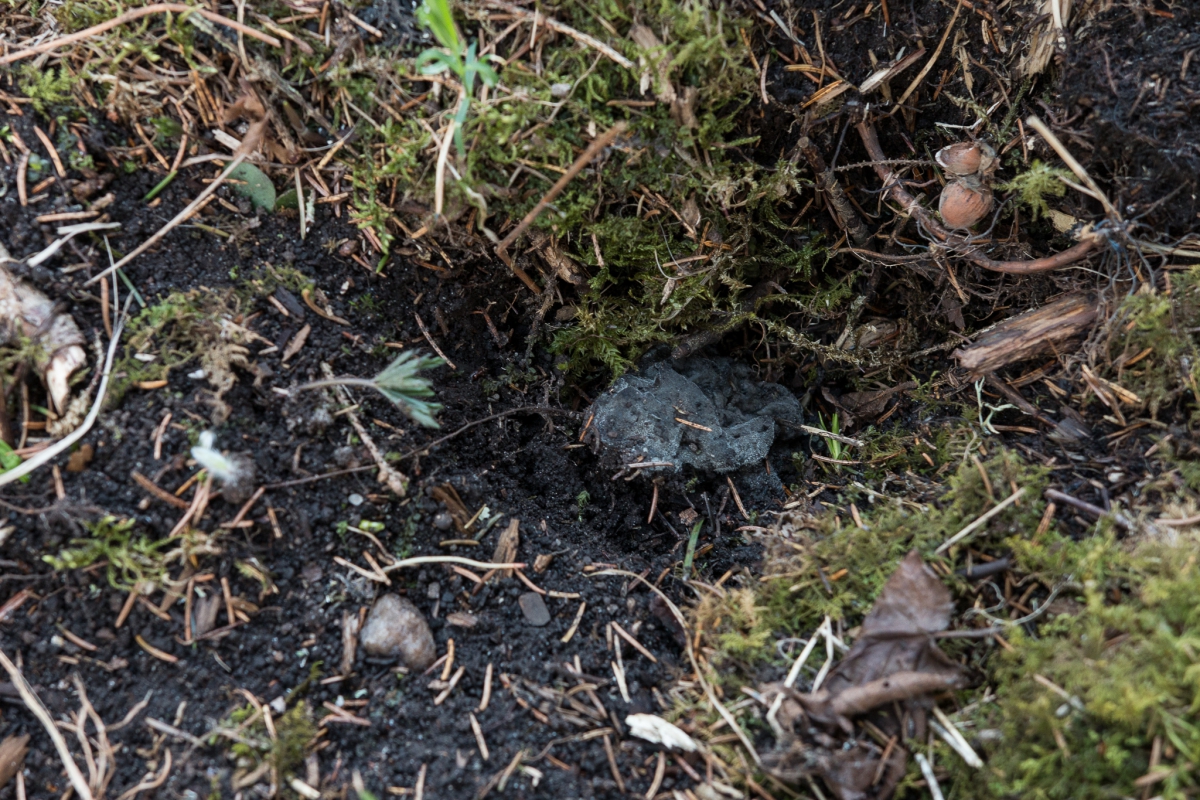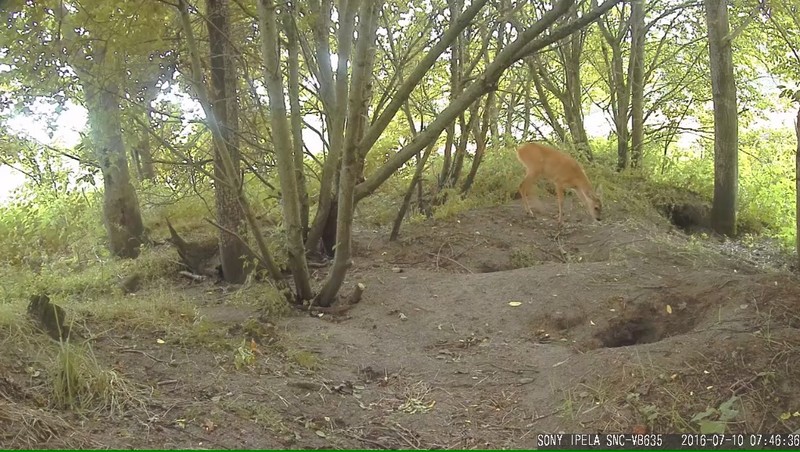Video: Nelda White
Translation Liis
:
On Saturday unexpected visitors arrived in the ospreys’ nest. Suddenly the nest was full of bees who had decided to stop as a swarm in the home of the ospreys. The ospreys felt uncomfortable and even the food brought by Mai and Mati was almost impossible to eat.
Swarming, or the departure of a superfluous portion of bees from the nest together with a queen, usually takes place from the beginning of June to the second half of July.
But maybe there were instead ants in the nest who likewise look for new homes?
Check the situation in the nest as it gets lighter, here
